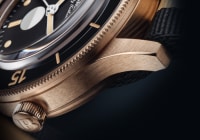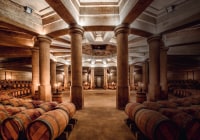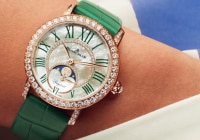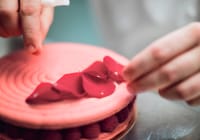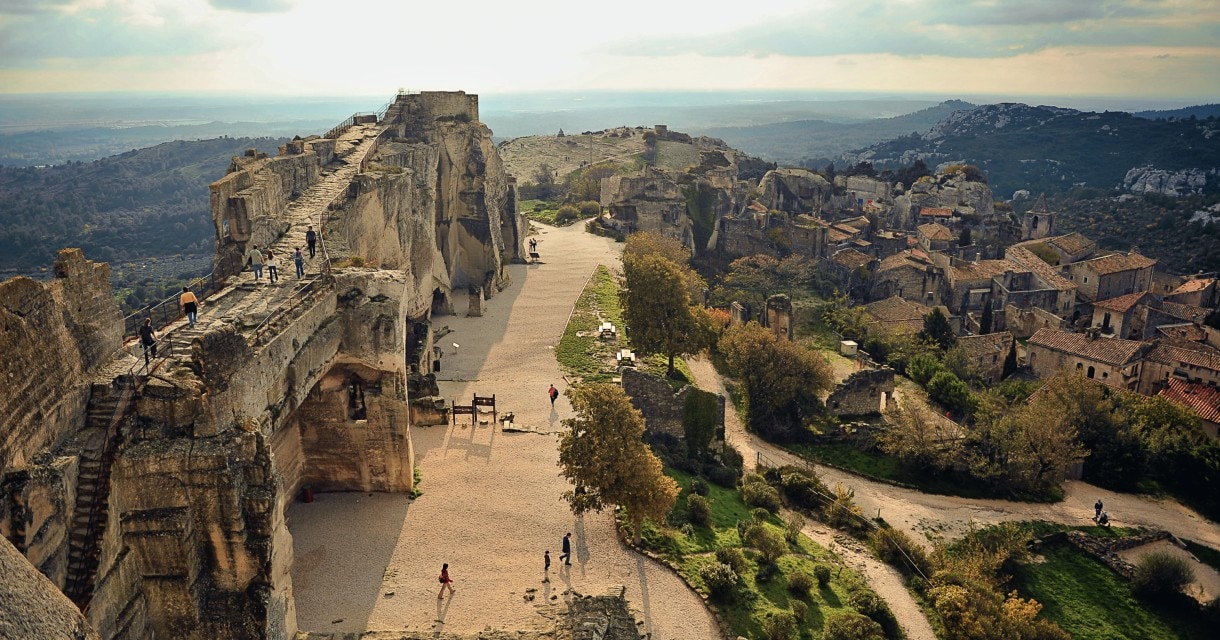
Search in Issues
Chapters
List of parts
Chapter 9
Pierre HERMÉ
At the summit of confections in France are the wildly popular macarons of Pierre Hermé.
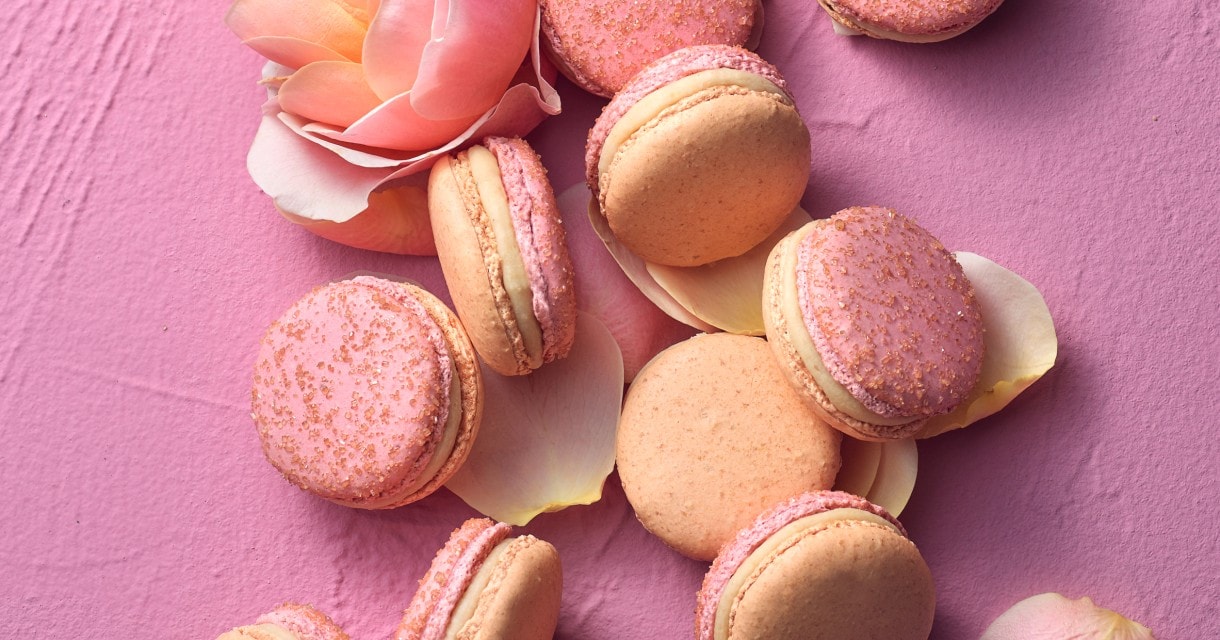
HOW OFTEN does a single small nibble DOMINATE A MOMENT?
When it comes to the grand classics in the world of food, is there a single definitive preparation? Take something as universally known as ratatouille. Are all the ingredients to be dumped into a pot and stewed? Should the tomatoes be peeled? Roast the peppers or sauté them? What about adding vinegar? Partisans debate each detail. Yours truly firmly adheres to the wisdom of cooking each component separately.
What about macarons? These same swirling controversies are present in abundance. At the summit of confections in France are the wildly popular macarons of Parisian chef Pierre Hermé. His style features two ethereally light almond meringue disks, ever so slightly domed, flanking a rich, doubly thick filling. At any one time, as many as 18 different flavors can be found in his boutiques. Yet, in Italy and even in parts of France—Saint-Emilion and Saint- Jean-de-Luz come to mind—macarons are simple almond biscuits. In the United States, coconut enters the scene.
With this breadth of interpretations, the history becomes particularly murky. Even the simple almond biscuits claim diverse parentage. Larousse Gastronomique places the origin in a French monastery in Cormery in 791. Not to be outdone, the Italians lay claim to development earlier in the 8th century in Venice. Our focus, however, is upon the sandwich variety offered by Pierre Hermé. Except for the use of almond, there is essentially nothing in common with the historical biscuits bearing the same “macaron” name. Putting those simple biscuits and their history to one side, the history of the sandwich style yields surprises.
Owing to today’s macaron epicenter being found in Paris, one can easily glide to the belief that the modern sandwich style originated there. In fact, Pierre Hermé maintains that the birthplace was Sprüngli, the renowned patisserie on Zurich’s Paradeplatz. It was there that a young apprentice chef called Camille Studer, a native of Luxembourg, came up with the idea of pairing two almond meringue biscuits with a buttercream filling. In his honor, Sprüngli named the confection Luxemburgerli, a name that endures today.
The inspiration that led Studer and Sprüngli to that addition of a buttercream filling between the two biscuits truly represented a great advance in the evolution of the genre. Previously, Chef Gerbet from Chartres and later Ladurée in Paris had perfected a form of macaron that offered two almond meringue biscuits stuck together, but without a filling. Combining the top and bottom almond meringues with a filling became the basis for today’s macarons, as it brought a depth of flavor that had not been there previously.
If the Swiss Luxemburgerli brought the macaron to new heights with the idea of a filling, Pierre Hermé’s insights elevated and sophisticated the genre even further. He understood perfectly that the meringue biscuits were far less important in developing the flavor than the filling. That led him to three major improvements to the filling: doubling the quantity of the filling, intensifying the flavors of the filling itself, and creating a collection of savors far beyond those seen before. In a way, highlighting the fact that there may be 18 varieties of macarons in his boutiques at any one time doesn’t tell the full story. Over the course of a year, as many as 100 different selections will make an appearance.

Pierre Hermé.
Hermé’s Infiniment Vanille macaron is a good illustration of his philosophy, even though some who have not experienced his Infiniment Vanille might wrongly assume a vanilla macaron to be rather ordinary or standard. After all, one of the first flavors to make the macaron scene was vanilla. What he has done with the Infiniment Vanille then is all the more impressive, as it has taken vanilla—standard or not— to unimaginable heights. “Infiniment” is Hermé’s term for a flavor of extraordinary depth, an ultimate flavor. To achieve that, he realized that there were inherent limitations with the use of one type of vanilla. His answer: bringing together three differ- ent varieties of vanilla from around the globe—Madagascar, Tahiti, and Mexico. Combined, he attains both a complexity and concentration that would be impossible with any of the vanillas used singly. Each of the three contributes a unique fragrance. His combination has become one of his signatures. Then, with his approach of an extra-thick layer of filling, that power is enhanced further still. How often does a single even small nibble of a macaron dominate a moment, channeling and monopolizing all thoughts to the explosion of flavor that just occurred? This is not a confection to be eaten casually with attention focused elsewhere. It is an event.
The same study of ingredients that led him to his unique combination of different vanillas is seen in his chocolate macarons. Much like fine Burgundies, Hermé has introduced the concept of chocolate crus, that is to say chocolates whose origin is in a particular designated plantation owned by a single grower. Unlike virtually all chocolates that are a blend, the unique nuances of each chocolate shine through in his recipes, which use a single cru: Infiniment Chocolat Porcelana (from the Pedregal domain in Venezuela) and Infiniment Chocolat Chua (Venezuela). There is a risk, however, associated with these single crus. The weather. In years when the growing conditions in a particular area turn out to be unfavorable, unlike blends drawn from various growing regions, there is no possibility to compensate by altering the blend with chocolate from elsewhere. What is interesting is the contrast in his approach with vanilla, where it is the blend that bestows power and character to his recipe. The opposite is seen with these unique chocolates, where the nuances are best appreciated through use of a single cru.
A recipe by Pierre Hermé
INFINIMENT VANILLE MACARONS
Makes around 72 macarons (or 144 shells)
Composition
Vanilla macaron biscuits
Vanilla ganache
Vanilla ganache
400 ml fresh pouring cream (30% fat content)
2 Madagascan vanilla pods
2 Tahitian vanilla pods
2 Mexican vanilla pods
440 g white chocolate (Valrhona Ivoire 35% cocoa)
Vanilla macaron biscuits
1)
300 g ground almonds
300 g icing sugar
110 g ‘liquified’* egg whites
3 vanilla pods
2)
300 g caster sugar
75 ml mineral water
110 g ‘liquified’* egg whites
Preparation and cooking
Using the blade of a knife, split the Madagascan, Tahitian and Mexican vanilla pods in two and scrape out the seeds. Stir them into the cream and bring to the boil. Remove from the heat, cover and leave to infuse for 30 minutes. Melt the chopped chocolate in a bowl using a bain-marie. Remove the vanilla pods from the cream by wiping them off one by one, and pour the cream over the melted chocolate in three separate additions. Using a hand blender, blend the ganache and pour it into a casserole dish with cling film on top. Leave to cool in the refrigerator for about 12 hours.
Sift the icing sugar and the ground almonds. Using the blade of a knife, split the remaining three vanilla pods in two, scrape out the seeds and add them to the icing sugar-almond mixture. Pour over the first 110 g egg whites without mixing.
Boil the water and sugar to 118°C. As soon as the syrup reaches 115°C, simultaneously begin to whisk the remaining egg whites.
Pour the sugar cooked to 118°C over the stiffened egg whites. Whisk and cool to 50°C before incorporating into the sugar-almond-egg white mixture, ‘folding’ the batter as you mix. Pour into a no. 11 piping bag.
NB: * ‘Liquified’ egg whites means they have been kept for two or three days at room temperature in a bowl.
Pipe the batter in 3.5 cm circles, spacing them out every 2 cm on baking sheets lined with baking paper. Tap the baking trays on the work surface covered with a tea towel. Leave to set for at least 30 minutes. Preheat the oven to 180°C (gas mark 6). Slide the trays into the oven and bake for 12 minutes, opening the oven door quickly twice. When you have finished baking, slide the shells onto the work surface and leave to cool.
Assembling the macarons
Pour the ganache into a smooth no. 11 piping bag. Turn half of the macaron biscuit shells over onto a sheet of baking paper or cooling rack. Garnish generously with ganache. Cover with the remaining macaron biscuit shells, pressing down lightly and taking care to match up the sizes of the shells. Store the macarons in the refrigerator for 24 hours. Take them out two hours before eating.
PIERRE HERMÉ ©
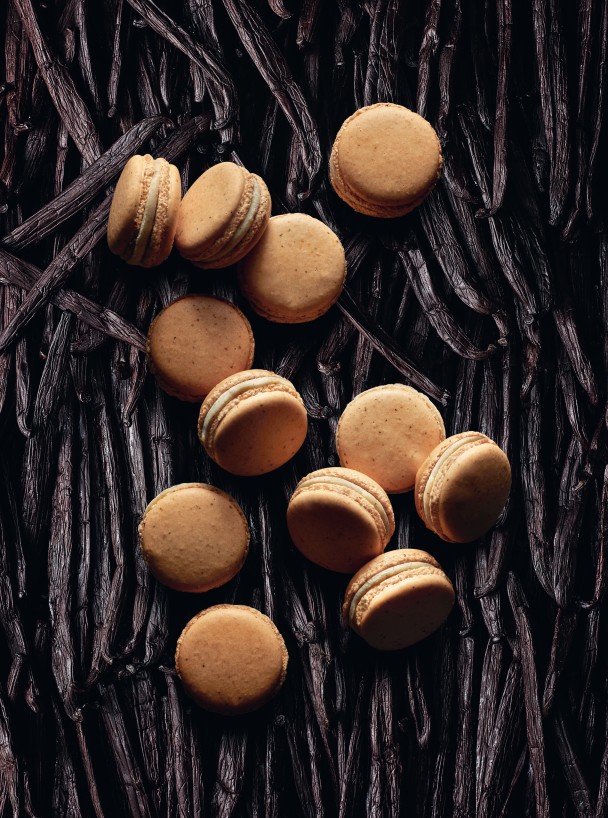
If the Infiniment Vanille shows his devotion to maximizing flavor, imagine the heights with more exotic flavors. Just a few examples: Vénus (Quince and rose); Pomme verte et Angélique de Montagne (Green apple with lovage ); Huile d’Olive à la Mandarine (Olive oil with mandarin orange); Infiniment Café au Café vert et au Café (Coffee with green coffee and black coffee from the island of Réunion); Ispahan (Lychee nut, rose, and raspberry); Citron vert et Basilic (Lime and basil).
Hermé’s focus on the filling doesn’t at all suggest that he has taken the biscuits themselves for granted. Quite the contrary: a significant portion of his career as a pâtissier was devoted to the nuances and details of the biscuits. With a solid background preparing a variety of petits fours and other small hazelnut pastries working at his father’s patisserie in Colmar (Alsace), Hermé began his apprenticeship with the legendary Gaston Lenôtre in Paris. At the time, one of Lenôtre’s specialties was a type of macaron biscuit made with almond paste, granulated sugar and egg whites. Compared to the biscuits found in today’s macarons, Lenôtre’s were considerably flatter in profile. The technique was particularly demanding in its details, to the extent that upon his arrival in the Lenôtre kitchens, only two members of the pastry chef team were allowed to make them. Finally, after proving his mettle, Hermé was promoted to join the small team.

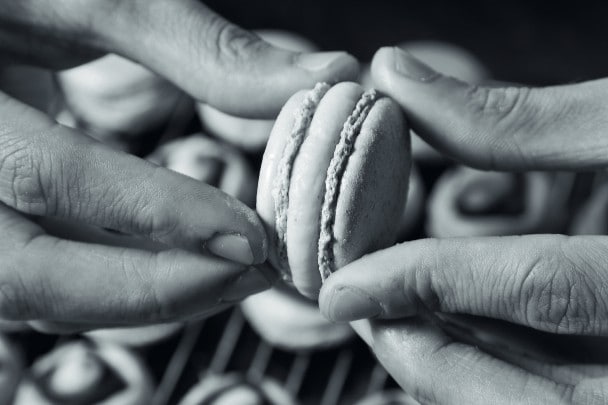
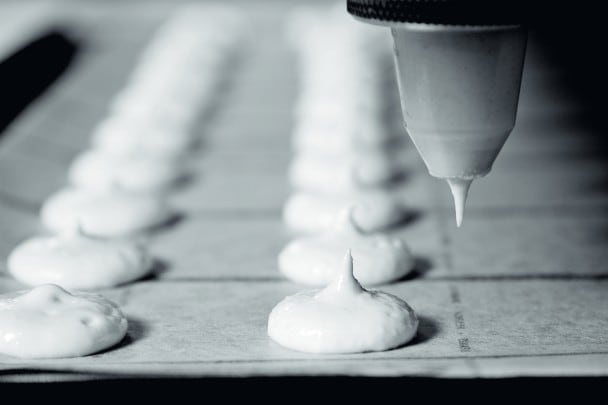
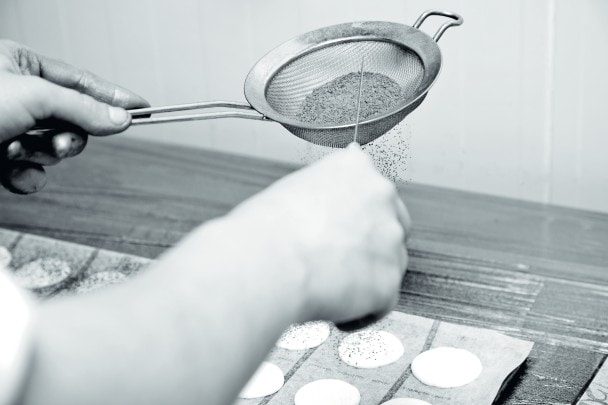
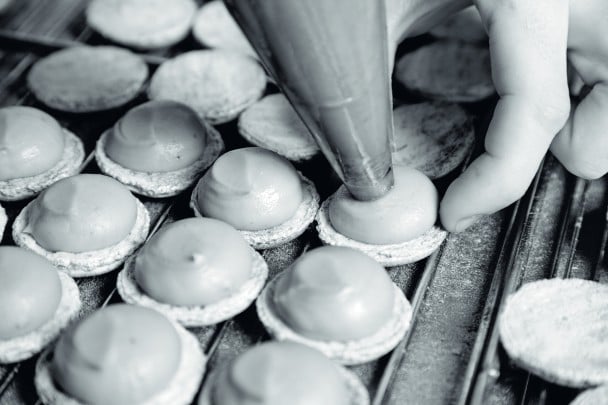
The extra-thick filling that is a signature of an Hermé macaron.
HERMÉ has evolved EVERY SINGLE DETAIL of his biscuit recipe over more than two decades.
The apprenticeship at Lenôtre was followed at a second landmark institution in Paris, Fauchon, where Hermé was named the Executive Pastry Chef. Here he encountered an entirely different approach using almond powder, granulated sugar and beaten egg whites. While at Fauchon, Hermé transformed the recipe. Instead of granulated sugar, he shifted to using sugar syrup, a base akin to what is known as meringue italienne. At the same time, he greatly expanded the range of flavors, which previously had been but four in number, to include rose, lemon, pistachio, and caramel with salted butter. Such was the success with his new formulation that the Parisian fashion magazine Marie Claire anointed Fauchon with the title of having the finest macarons in Paris.
His last stop before venturing out on his own was at a third Parisian reference point for pastry, Ladurée. While there, Hermé not only brought further refinement to the preparation of the macaron biscuits, he also undertook to fixe and formalize the recipe and technique into written form, whereas previously it had been taught orally to the pastry chefs.
Hermé has evolved every single detail of the biscuit recipe over not only the two decades of his employment at Lenôtre, Fauchon, and Ladurée, but continuing with the establishment of his own enterprise. From granulated sugar to sugar syrup, from almond paste to almond powder, from small details to prevent too much air in the meringue base, from the use of two parchment paper layers in the oven to ensure a sufficiently humid atmosphere during baking. Even the almonds themselves are distinguished. Not only does he insist upon a particular variety of almond (Valencia), Hermé only works with a single supplier in Spain whose almonds are exceptional.
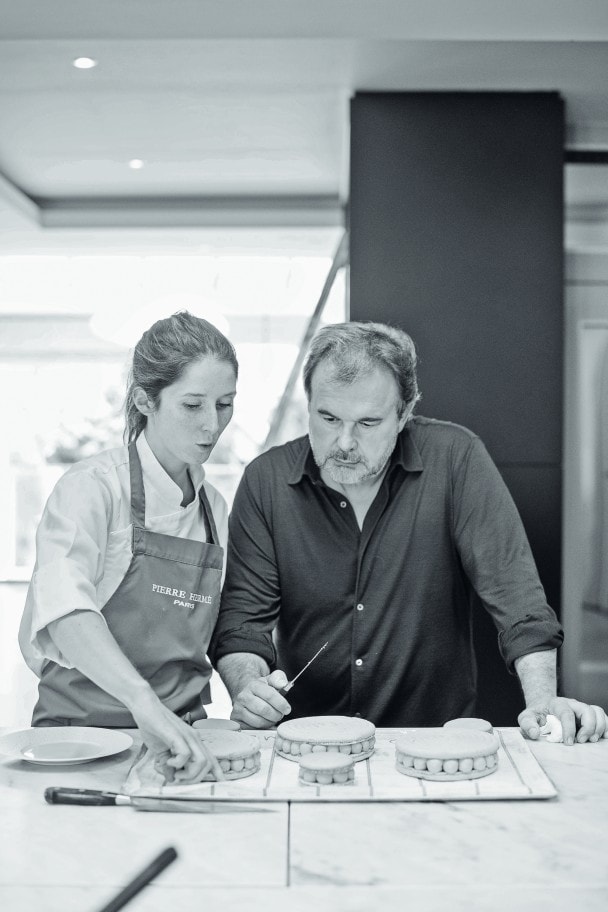
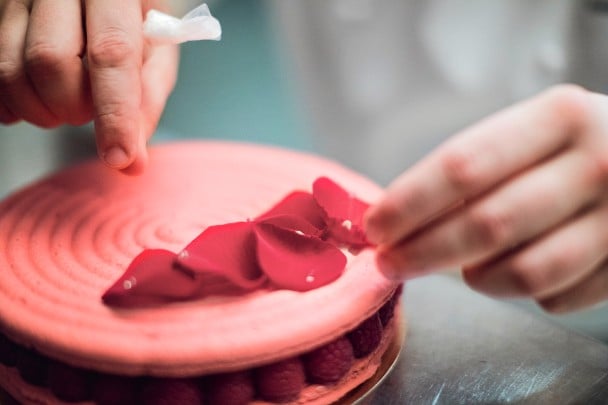
The glass cases in his boutiques ABOUND with not only macarons, but pastries, viennoiseries, and chocolates.
For Hermé, the macaron opens a window to boundless creativity. Inspirations come from the discovery of a perfume, an ingredient, a country, or an encounter, allowing him to invent new collections of macarons each season. Fetish, Veloutés, Adorables or Jardins, as ingredients and new territories of taste. As he expresses it, these macarons offer a “few grams of happiness” and surprise with new associations of flavors and textures. For example, one of his unique creations is a bicolor macaron biscuit. His combination of pistachio and dark cherry mixes the colors to create a biscuit calling to mind a mosaic.
Of course, the question presents itself: what about savory versions? There may be savory elements in some of his creations, but sweet will always dominate and the biscuit will always be sweet. Examples:
Huile de Noisette et Asperge Verte (Hazelnut oil and green asparagus); Au Citron Caviar (Finger lime); Métissé (Carrot, orange, and cinnamon). Perhaps the ultimate luxury was his inspired Infiniment Truffe Blanche, introduced in 2002 to mark the launch of his collection “Blanc Cousu Main” (White sewn by hand). This macaron brought together two signature ingredients from Italy’s Piedmont: white truffles and hazelnuts.
His towering profile in the world of macarons aside, one should not overlook the fact that Pierre Hermé is a pâtissier. The glass cases in his boutiques abound with pastries, viennoiseries, and chocolates. The same devotion to achieving riveting flavor intensity that marks his macarons is found in his other pastries. The vanilla tart features the same three varieties of vanilla as the macaron. Likewise, his Gâteau Fetish Ispahan dazzles with its marriage of raspberries and rose.
Today, Pierre Hermé’s fame has expanded well beyond Paris. His boutiques are now found in Japan, London, Doha, Jeddah, Bangkok, and Hong Kong, as well as in 5-star hotels in several major Japanese cities and in the famous hotel La Mamounia in Morocco.
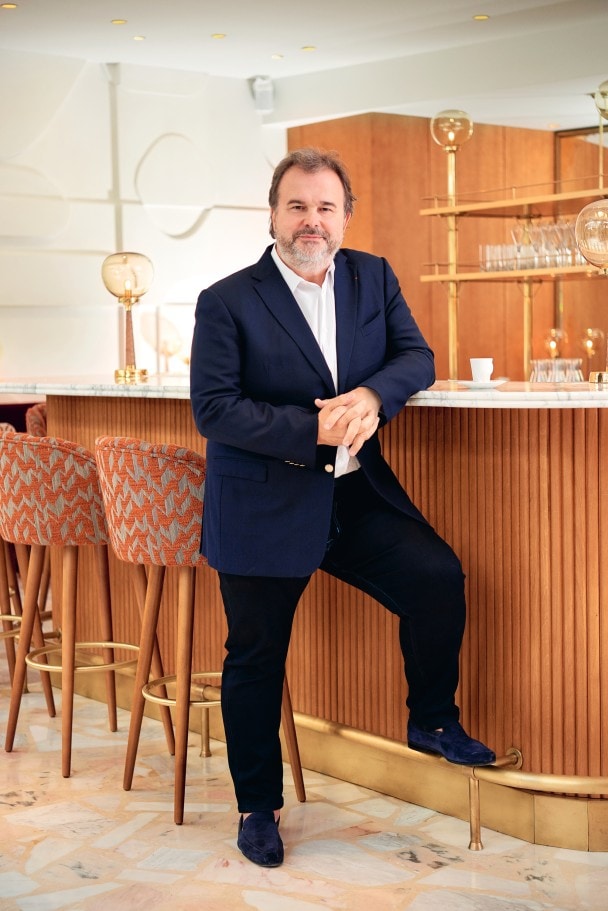
Pierre Hermé in his Beaupassage café in the 7th arrondissement, Paris.
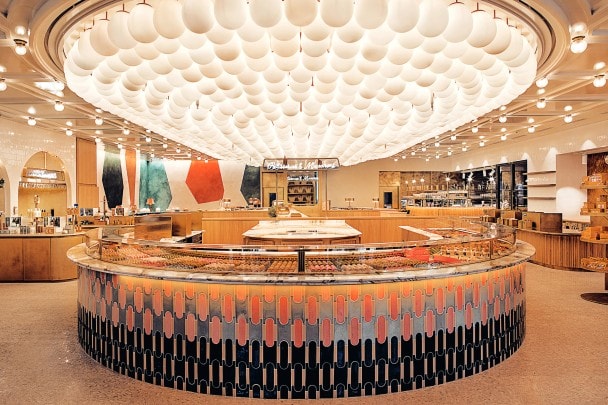
Other issues
Don't miss the latest issue
Sign Up for New Releases


